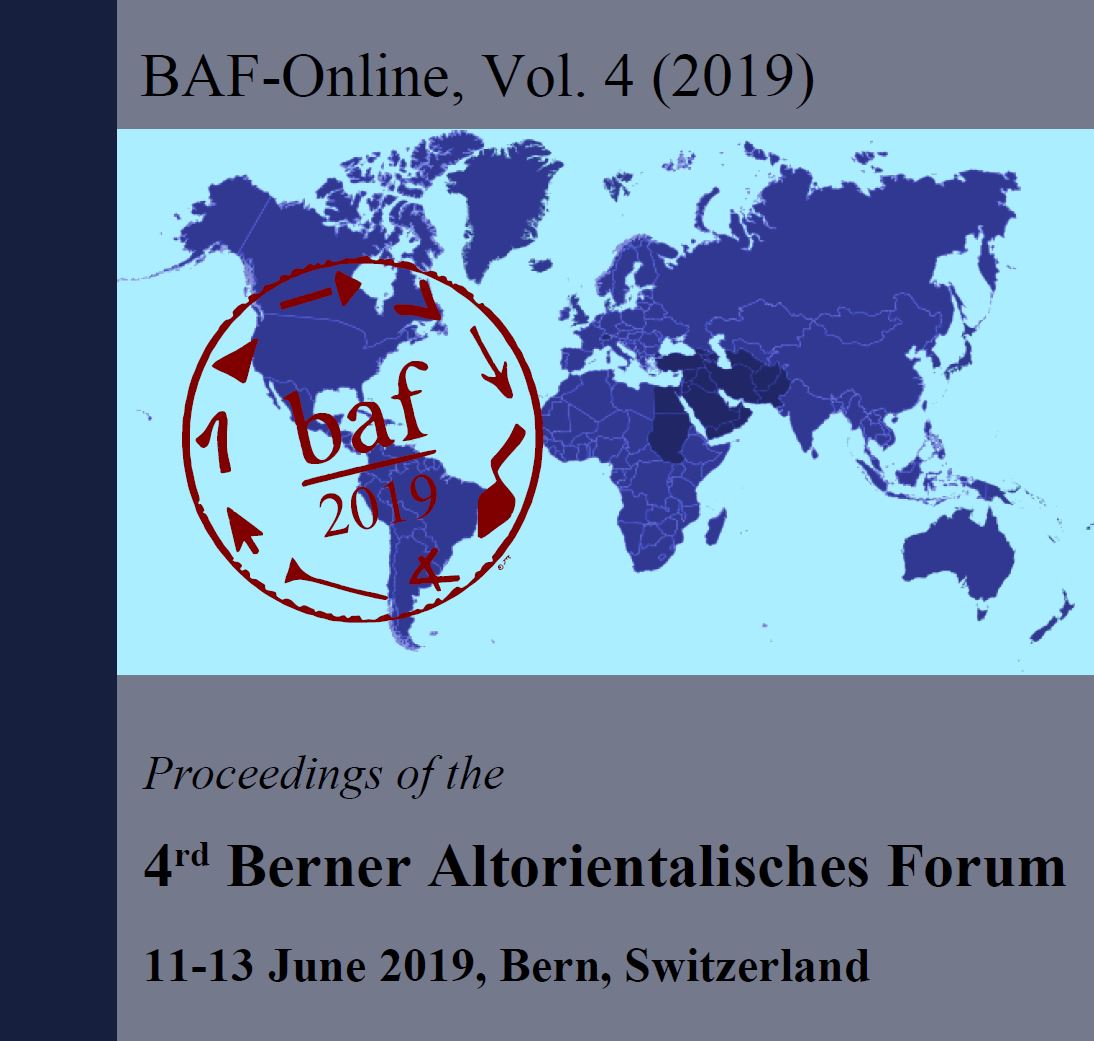Hemp! Thread, cloth and a calendar
DOI:
https://doi.org/10.22012/baf.2019.11Abstract
Hemp cultivation and hempen cloth is the main theme of this paper. Iron Age textile fragments from the Southern Levant indicate that most textiles were made of some kind of plant fiber. Traditionally this region was regarded as linen territory, and indeed most textile finds were registered as such. The difference between linen and hemp is difficult to tell even with a regular microscope. But when using a scanning electron microscope, the difference becomes visible. This technique sheds new light on the use of bast fibers in the region. A piece of fabric from Tell Deir Alla in the Jordan Valley was the first item that could be registered as hempen cloth from the Southern Levant. The textile fragment was found amidst the loom weights of the loom on which it was woven, which raises new questions. Was the textile made of local hemp grown in the Jordan Valley? To answer this question, the cultivation of hemp will be discussed in relation to soil and climatic conditions of the central Jordan Valley. To investigate if growing hemp would fit into the farmers year course a ‘Deir Alla Agricultural Calendar’ was designed, based on the Gezer Calendar, a Hebrew inscription on limestone dated to ca. 925 BCE. Finally stalks of fiber hemp and examples of hempen thread and fabric will reveal how the material looks and… feels.
Published
Issue
Section
License
Copyright (c) 2020 BAF-Online: Proceedings of the Berner Altorientalisches Forum

This work is licensed under a Creative Commons Attribution 4.0 International License.

This work is licensed under a Creative Commons Attribution 4.0 International License.



